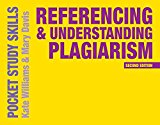Berlin Cosmopolitan School's Academic Honesty Policy (pdf)
International Baccalaureate Documents
Academic honesty in the Diploma Programme (pdf)
Effective Citing and Referencing (pdf)
International Baccalaureate Documents
Academic honesty in the Diploma Programme (pdf)
Effective Citing and Referencing (pdf)
In-text citations (also known as parenthetical citations) are inserted in the body of your research paper to reference the source of your information. It is a way of pointing the reader to more complete information in the bibliography. At the most basic level, in-text citations include the last name of the author followed by a page number enclosed in parentheses, though if the author is mentioned by name in the sentence, only the page number is required. See examples below.
Examples:
Examples:
Since the 1960s, it has become more and more apparent that the moon is composed mainly of cheese (Sperring 143). Previosly it was assumed that the moon's core was main of rocks and other 'hard stuff', but according to Seely, it was the Apollo astronauts that discovered a odourous dairy substance just below the surface (54). Even after the discovery, it took decades for scientists to finally agree that the earth's satillite was in fact main of gorgonzola.
Bibliography:
Seely, Mortimer. Lunar Geology. Pengiun Books, 1985.
Sperring, John. Moonshot: The Mission to Melt the Moon. Oxford University Press, 2016.
Bibliography:
Seely, Mortimer. Lunar Geology. Pengiun Books, 1985.
Sperring, John. Moonshot: The Mission to Melt the Moon. Oxford University Press, 2016.
The eighth edition of the MLA handbook identifies nine pieces of essential information to include in a citation, but as you will see below most items will require only five pieces of inforamtion.
All citations require at least five pieces of information. Some require more, but all require at least these five.
All citations require at least five pieces of information. Some require more, but all require at least these five.
-
Author
-
Title
-
Publisher
-
Date of publication
-
Location
Examples
Books
Schwabach, Aaron. Intellectual Property: A Reference Handbook. ABC-Clio, 2007.
Periodicals (magazines, newspapers or academic journals)
DeNisco, Alison. “Homework or Not? That Is the (Research) Question. Weighing the Conflicting Evidence.” District Administration, vol. 49, no. 3, 2013, pp. 28-33.
According to MLA, when using images from the Internet, you should include them as 'Figures' and each should be given a number. That is, each time you include an image in an essay or presentation it is called a Figure and assigned a number, eg Figure 1, Figure 2, Figure 3, etc.
The general format for images downloaded from the Internet is as follows:
Note that it is often difficult to identify the creator of images on the Internet. In cases where the creator is not availabe use the organization, instition or website that created the image as in Figure 1 below.
For this reason, it is best to use a image search engine that provides as much information about the image as possible. See Creative Commons Search below.
Examples:
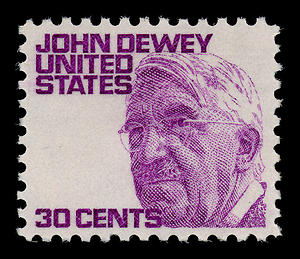
Fig. 1. United States postal stamp featuring John Dewey, from USPS. US stamp honoring John Dewey. Wikimedia Commons. Wikimedia Commons. 1968. Web. 29 Nov. 2017. <https://commons.wikimedia.org/wiki/File:00JohnDewey.jpg>.
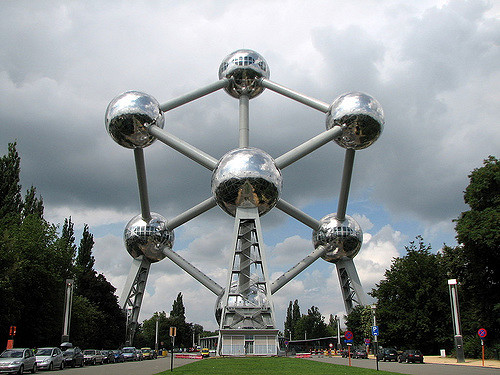
Fig. 2. Atomium Landmark in Brussels, from de la Fuente, Jaime. Atomium. Flickr. Yahoo Inc., 2006. Web. 29 Nov. 2017. <https://farm1.staticflickr.com/97/240019136_a28fe96178_z_d.jpg>.
The general format for images downloaded from the Internet is as follows:
Fig. #. [Description of the image], from [Image Creator’s First Name Last Name]. [Description or Title of Image]. [Title of the website where the image is located]. [Publisher or sponsor of the site]. [Date of Creation]. [Medium of publication ('Web')]. [Date of access]. .
Note that it is often difficult to identify the creator of images on the Internet. In cases where the creator is not availabe use the organization, instition or website that created the image as in Figure 1 below.
For this reason, it is best to use a image search engine that provides as much information about the image as possible. See Creative Commons Search below.
Examples:

Fig. 1. United States postal stamp featuring John Dewey, from USPS. US stamp honoring John Dewey. Wikimedia Commons. Wikimedia Commons. 1968. Web. 29 Nov. 2017. <https://commons.wikimedia.org/wiki/File:00JohnDewey.jpg>.

Fig. 2. Atomium Landmark in Brussels, from de la Fuente, Jaime. Atomium. Flickr. Yahoo Inc., 2006. Web. 29 Nov. 2017. <https://farm1.staticflickr.com/97/240019136_a28fe96178_z_d.jpg>.
As with art found in books and magazines, you must cite works of art found in museums.
To cite an original work of visual art (a painting, photograph, sculpture, etc.) in a museum or private collection, follow this format:
[Artist’s last name], [First name]. [Title of artwork]. [Year]. [Medium]. [Name of institution/private collection housing artwork], [City where institution/private collection is located].
Example:
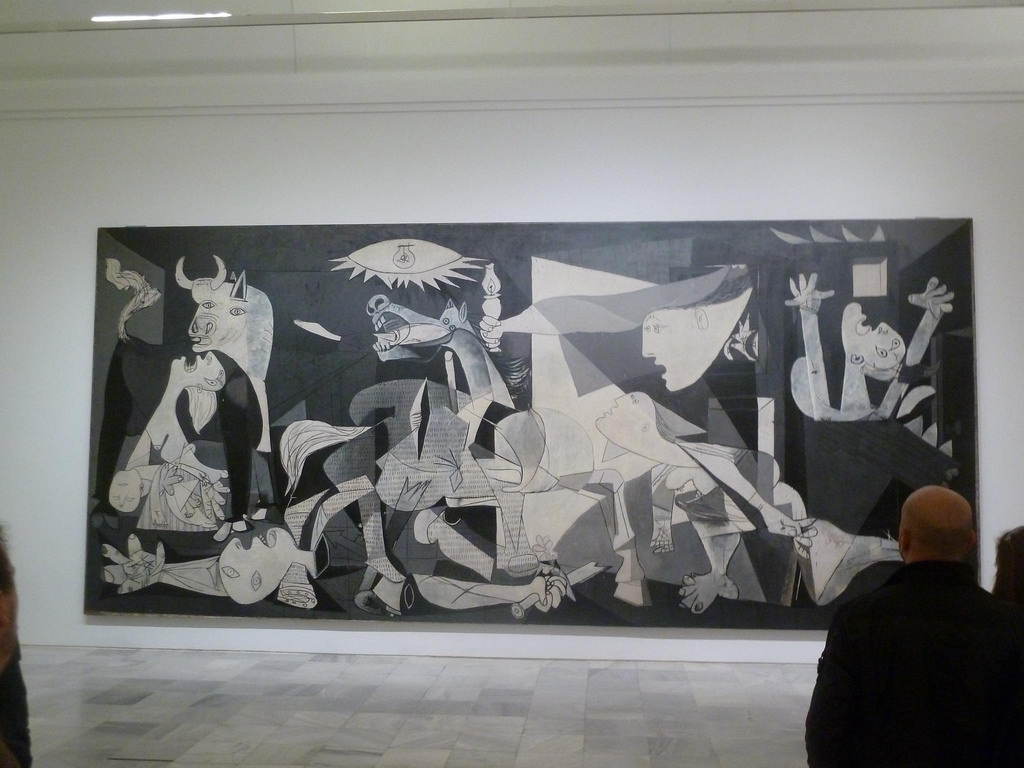
Picasso, Pablo. Le fameux Guernica. 1937. Oil on canvas. Museo Nacional Centro de Arte Reina Sofía, Madrid.
NoodleTools 
It is a 'one stop shop' to help students formulate research questions, collection research, take notes and create citations.
It is a 'one stop shop' to help students formulate research questions, collection research, take notes and create citations.
Purdue OWL
The Online Writing Lab (OWL) at Purdue University is one of the best free to use resources online when it comes to questions about how to correctly cite material, especially using MLA and APA. It also provides high-quality advice about writing in general.
The Online Writing Lab (OWL) at Purdue University is one of the best free to use resources online when it comes to questions about how to correctly cite material, especially using MLA and APA. It also provides high-quality advice about writing in general.
ZoteroBib
ZoteroBib helps you build a bibliography instantly from any computer or device, without creating an account or installing any software. Note: opposed to many other sites that offer to generate citations for you, ZoteroBib does not have advertisements and is based on open-source technology.
ZoteroBib helps you build a bibliography instantly from any computer or device, without creating an account or installing any software. Note: opposed to many other sites that offer to generate citations for you, ZoteroBib does not have advertisements and is based on open-source technology.
MLA Handbook, 8th Edition
Print Location: 808.02 .M689 2016
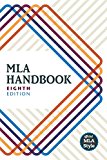 The MLA Handbook lays out all of the rules related to MLA Style. It is the first and last place you should look when you have questions about MLA.
The MLA Handbook lays out all of the rules related to MLA Style. It is the first and last place you should look when you have questions about MLA.
Print Location: 808.02 .M689 2016
 The MLA Handbook lays out all of the rules related to MLA Style. It is the first and last place you should look when you have questions about MLA.
The MLA Handbook lays out all of the rules related to MLA Style. It is the first and last place you should look when you have questions about MLA.
Turnitin 
Turnitin offers an entire suite of tools to help students improve their writing; one of which detects plagiarism.
note: Ask your teacher for access to Turnitin.
Turnitin offers an entire suite of tools to help students improve their writing; one of which detects plagiarism.
note: Ask your teacher for access to Turnitin.


